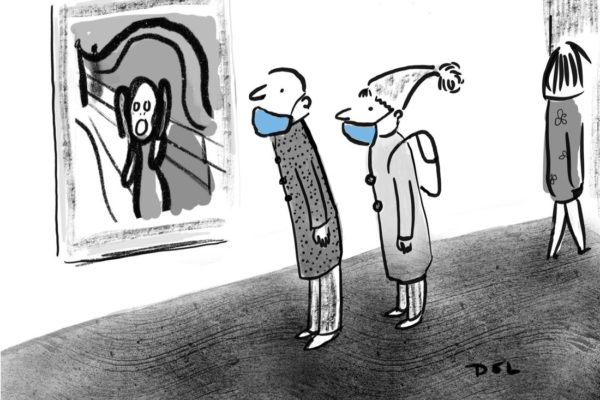Mindfulness and Exposure: The Similarities
Mindfulness is an ancient practice designed to assist the practitioner to view contents of mind and experience, and so to provide a path to liberation and awakening…to transcend the conditioned mind and achieve union with the absolute and non-relative reality. The overarching goal was to produce a cessation to suffering which arises from our close identification with a personal self, and the aversions and desires that implicit in such an identification. Over the course of about the last twenty years, modern western psychology has been investigating the utility of this approach to address more narrowly defined aspects of suffering related to specific psychiatric symptoms and conditions. This approach has been demonstrated to be powerfully useful to help individuals break cycles of emotional reactivity and thereby reduce a variety of symptoms ranging from anxiety, depression, substance abuse, anger/violence, criminality and many others. It is being deployed in a variety of settings including schools, hospitals, prisons and corporations.
Exposure based therapies such as “imaginal flooding”, implosion, response prevention and others are based on empirically based learning theories. Such theories essentially posit that sufficient, purposeful and functional exposure to environmental stimuli, settings or events that through conditioning have taken on aversive qualities that compel organisms to escape from or avoid these stimuli, in time weaken in intensity such that these escape/avoidance behavior fade through a process called “extinction”. These techniques have proven effective in treating a host of behaviors and symptoms that are the result of unfortuitous conditioning: Anxiety and panic disorders, OCD, PTSD etc. It has also been employed along with other supportive therapies to address a wide range of other issues: Personality disorders, eating disorders, substance abuse, chronic pain and so on.
In all the exposure treatments, patients are exposed to cues that are hypothesized to maximally evoke emotional discomfort whether in real life (“in vivo”) or in imagination. Flooding and implosion are two techniques that rely on imagined cues as directed by a clinician. In flooding, one is presented with the cues most closely associated with the onset of the avoidance behavior. So for example, with a social anxiety sufferer, they would be asked to imagine giving a talk in front of a group of individuals. In implosion, the therapist might introduce “unreportable” or unconscious and psychodynamic cues hypothesized to lie at the core of the individuals fear. So with the same social anxiety patient, the therapist would present cues associated with personal loss of control, social disapproval, rejection, and fears of abandonment and isolation. See the following blog posts for more in depth descriptions of implosion: https://blackturtlebooks.com/fear-exposure-implosiontherapy/ https://blackturtlebooks.com/exposure-therapy-implosion/In both flooding and implosion, one is encouraged to allow and even focus on the emotional and physical discomfort that arises as they face provocative cues.
In both exposure and mindfulness, one is encouraged to pay attention to thoughts/experiences that may be otherwise avoided. In mindfulness practice, there is a greater emphasis on openness, non-judgment and acceptance of thoughts and feelings that arise. Research indicates that regardless of symptoms, the extent to which one faces unpleasant emotions, thoughts, or situations is directly tied to symptom reduction. So the qualities of non-avoidance and attention are both features that connect exposure and mindfulness-based approaches. There are however important differences that are important to consider since it may bear upon the decision of which technique to deploy for a given set of circumstances. The next blog post will focus on those factors that separate mindfulness and behavioral exposure practice. Stay tuned!!!





